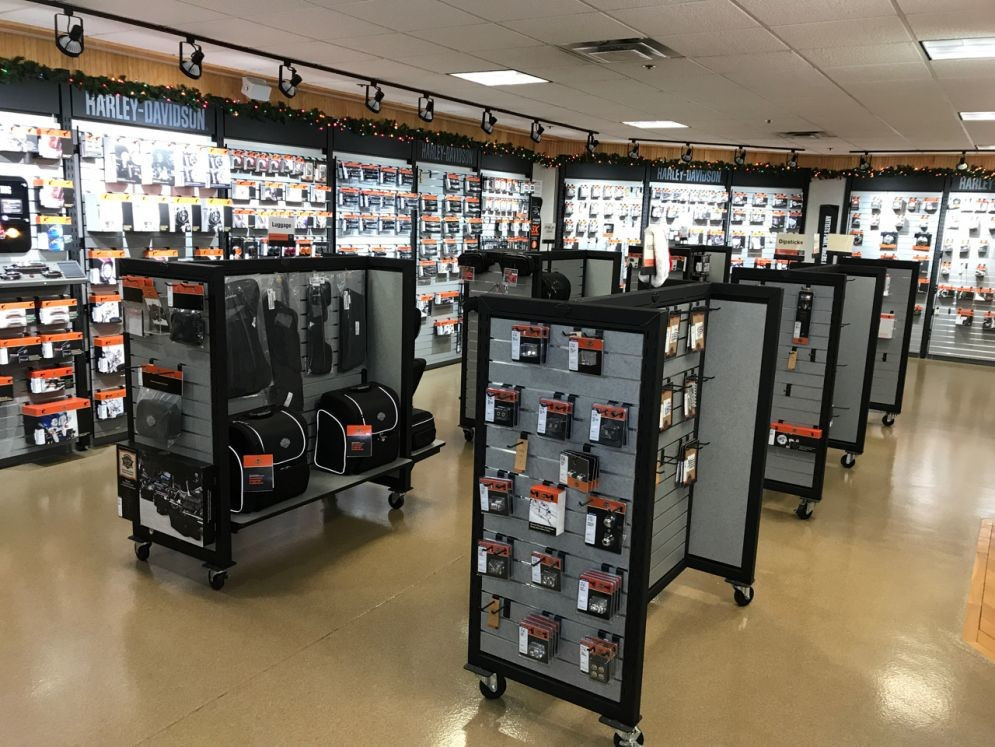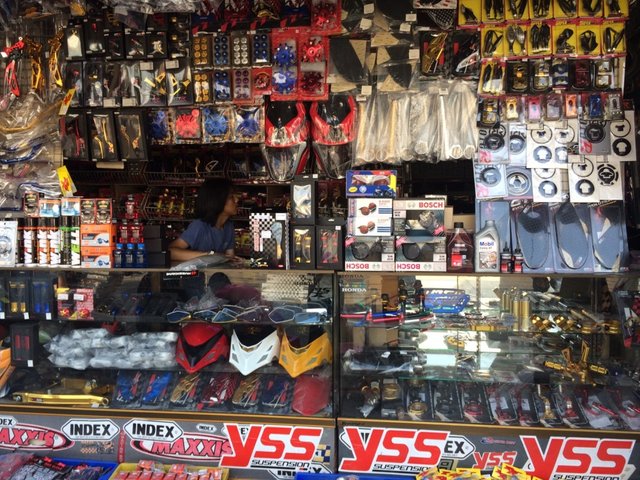Locate Affordable Costs on Motocross Parts NZ for each Bike
Understanding the Crucial Parts of a Motorcycle: A Comprehensive Guide for Fanatics
For motorbike fanatics aiming to boost their riding experience and ensure their bikes run efficiently, recognizing the essential components of a motorcycle is paramount. Each component, from the engine's intricate functions to the important function of the braking systems, not just affects performance but additionally security and comfort. This overview will certainly walk with the essential parts that every motorcyclist need to know with, enabling educated options in both upkeep and potential upgrades. As we begin this exploration, one must ask: exactly how does each element engage to produce the smooth trip every lover seeks?
Engine Components

The camshaft plays a crucial role in managing the timing of the engine's valves, ensuring the exact opening and closing essential for reliable fuel and air intake, as well as exhaust expulsion. This timing is essential to preserving optimum engine performance and efficiency. Additionally, the carburetor or fuel injection system, depending on the motorcycle version, is liable for mixing air with gas in the correct ratio for burning.
The air conditioning system, either air or liquid-based, functions to keep the engine's temperature level within operational limitations, protecting against getting too hot and making certain durability - motocross gear nz. Each part, diligently created and integrated, adds to the seamless operation of the engine, defining the bike's power result and overall efficiency
Transmission System
Integral to the motorcycle's functionality, the transmission system makes certain efficient power transfer from the engine to the wheels. This system makes up a number of vital elements, including the clutch, transmission, and last drive, each playing an important function in converting the engine's power right into motion. The clutch, typically run by a hand bar, serves to disengage the engine and engage from the transmission, enabling for smooth gear changes and controlled velocity.
The gearbox, commonly referred to as the transmission appropriate, consists of a collection of equipments that riders can by hand shift through to adjust the bike's rate and torque outcome. These gears are set up in a sequence that makes it possible for the motorbike to accelerate smoothly and preserve ideal engine performance across numerous speeds. The majority of motorbikes use a sequential transmission, calling for the cyclist to shift equipments in a fixed order.
Braking Devices
While understanding the transmission system is crucial to utilizing a bike's power, equally vital is the capacity to manage and quit that power properly, which is where stopping devices enter play. Brakes are crucial for security and efficiency, giving the cyclist with the essential control to browse various surfaces and problems. Normally, motorcycles include 2 sorts of braking systems: disc brakes and drum brakes.
Disc brakes are a lot more widespread in modern motorcycles as a result of their exceptional efficiency. They include a brake disc, caliper, and pads. When activated, the caliper squeezes the brake pads versus the spinning disc, transforming kinetic power into warm, thus reducing the wheel. This system supplies much better warm dissipation, regular performance, and enhanced quiting power, specifically in damp problems.
On the other hand, drum brakes, though much less usual, are still found in some bikes. They work by pressing brake shoes against the internal surface of a drum affixed to the wheel. While normally much less efficient in warmth dissipation and stopping power, drum brakes are easier and a lot more cost-effective.
Recognizing these braking systems' subtleties enables bikers to preserve their motorcycles properly and value the engineering click for info that guarantees efficient and safe stopping.
Suspension and Guiding
Suspension and guiding systems are essential components that dramatically influence a motorbike's handling and experience convenience. The shock absorber, being composed of forks at the front and shock absorbers at the back, soaks up roadway abnormalities, enhancing security and control. Front forks, commonly telescopic or inverted, compress and rebound to minimize impacts, while back shock absorbers preserve tire contact with the road, vital for traction and security.
Guiding, focused around the handlebars, attaches the cyclist to the motorcycle's directional control. The steering head bearings ensure smooth procedure, permitting exact ability to move. Proper alignment and upkeep of these bearings are important for predictable steering response and decreasing cyclist exhaustion.
The suspension's adjustability is one more important facet; preload, damping, and rebound settings permit personalization to fit various riding designs and problems. This adaptability is necessary for maximizing performance, whether navigating urban roads or dealing with rugged routes. Advancements like electronic shock absorber use real-time adjustments, improving trip quality across varied surfaces.

Electrical Solutions
After ensuring a smooth and controlled experience with reliable suspension and guiding systems, attention transforms to the electrical systems, a critical facet of modern motorbikes. These systems play an important duty not only in starting the engine yet likewise in powering different parts that enhance the functionality and security of the bike.
At the company website heart of a motorcycle's electric system is the battery, which stores electric power required for beginning the engine and powering complementary systems - motorbike shop. The alternator or generator, paired with the rectifier-regulator, ensures the battery continues to be charged while the motorbike functions, transforming mechanical energy into electrical power and preserving voltage levels
The ignition system, another important part, is accountable for igniting the air-fuel blend in the engine's cyndrical tubes. Modern motorbikes usually utilize an electronic ignition system, providing higher performance and dependability compared to typical systems.
Lighting systems, including fronts lights, tail lights, and indications, are additionally essential, making certain presence and safety and security for the rider. Additional digital components such as sensors, control systems, and displays add to sophisticated features like gas shot management, anti-lock stopping systems (ABDOMINAL), and electronic dashboards, additionally boosting the riding experience.
Final Thought
An extensive comprehension of a bike's essential components, consisting of the engine, transmission system, braking systems, suspension, steering, and electrical systems, is crucial for enthusiasts aiming to enhance security, performance, and convenience. Proficiency of these components allows for educated choices regarding upkeep and upgrades, ultimately improving the riding experience. By incorporating this expertise, motorcyclists can guarantee their bikes operate at peak performance and reliability, consequently taking full advantage of both pleasure and durability of their cars.
For motorcycle lovers looking to raise their riding experience and ensure their bikes run efficiently, understanding the important parts of a bike is vital.Indispensable to the motorbike's performance, the transmission system guarantees effective power transfer from the engine to the wheels.While understanding the transmission system is vital to using a bike's power, equally essential is the capability to control and quit that power successfully, which is where stopping systems come into play. Usually, motorcycles feature two kinds of braking systems: disc brakes and drum brakes.
A detailed understanding of a motorcycle's essential parts, including the engine, transmission system, stopping mechanisms, suspension, steering, and electrical systems, dig this is essential for enthusiasts intending to optimize convenience, efficiency, and security.